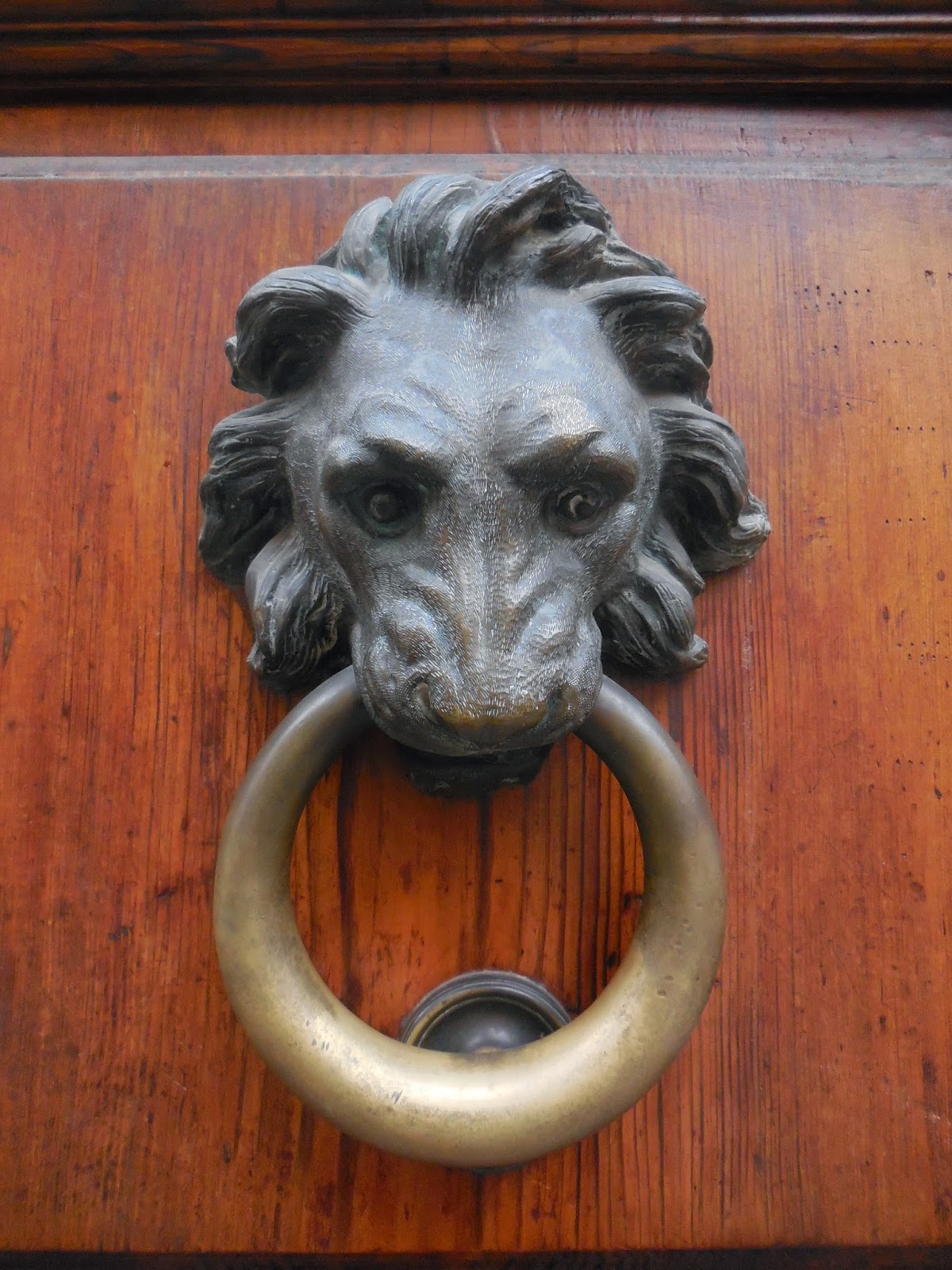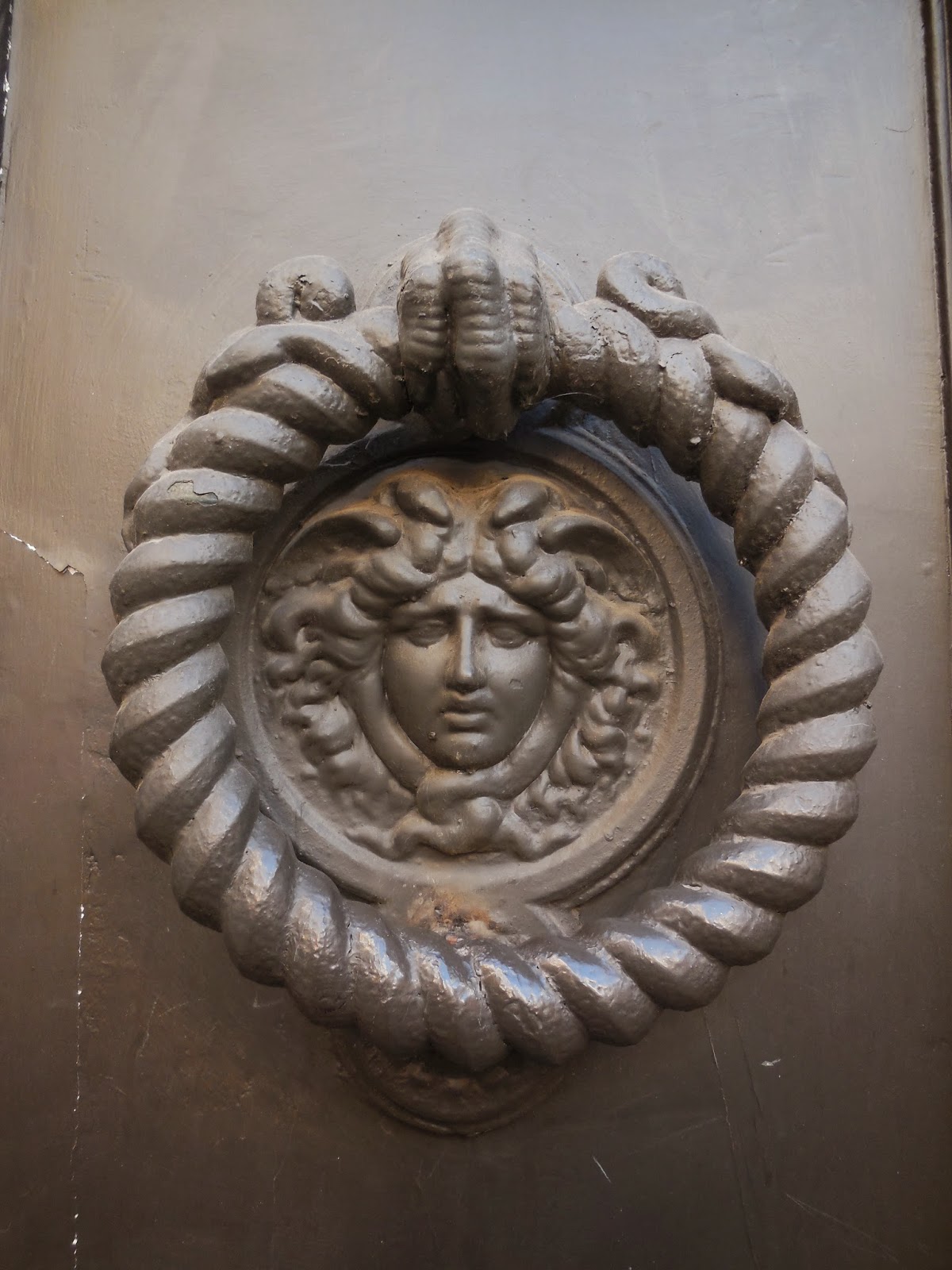Thursday, July 31, 2014
Wednesday, July 30, 2014
Dorothy Caldwell Extravaganza 7
Although I've been stitching into different kinds of fabric since I was five years old, I've never done much on paper or other materials. When it came time to assemble our various markmaking experiments into little books, Dorothy encouraged us to sew things in rather than use glue. And that led to interesting textures and results.
Here's a haiku that I sewed into one of my books.
Here are two pieces of interesting paper that I found while taking a walk during lunch break at the workshop. They wanted to be in my book too so I sewed them in.
Monday, July 28, 2014
Dorothy Caldwell Extravaganza 6
Dorothy Caldwell is known as a superb handstitcher, so naturally we did sewing in her workshops. Her favorite stitch is the kantha, aka running stitch, which can be urged into a surprising variety of patterns and rhythms.
Here are the two pieces that I started in the workshop and am still working on.
The top piece started as an exercise in blind stitching, which turned out to be a comfortable exercise for me. (You put on a blindfold and stitch by feeling where you are.)
Three years ago I worked on a collaborative project with my friend Terry Jarrard-Dimond, who had been introduced to blind stitching in a Dorothy Caldwell workshop and loved it. We each did twelve hours of blind stitching, in the course of which we got to be pretty good at it.
The white stitching was blind; the blue was added later with eyes open.
The blue details below are more traditional kantha stitches, which I also found comfortable because I had worked with the technique extensively during my year of daily hand-stitching.
On the bottom piece, I wanted to see how the running stitches could go in different directions to set up areas of interest. (The heavy "drawing" lines are done in coral stitch.)
It's amazing how much you can do with the simplest of stitches!
Labels:
Dorothy Caldwell,
hand stitching,
workshops
Sunday, July 27, 2014
Photo suite 135 -- who's there? the cat
Last week I showed you many of the doorknobs and knockers found in Italy. I saved a subcategory for today: lions and panthers, obviously a favorite motif.
Friday, July 25, 2014
Dorothy Caldwell Extravaganza 5
Back to unfinished business, showing you what I made in the Dorothy Caldwell workshops last month.
We experimented with many ways to make marks in addition to the obvious use of ink (or paint) with a pen or brush. Perhaps the most fun was the day we got to burn holes in things -- outdoors, with a big pail of water handy for those awkward moments when things got out of hand.
First we played with a candle, holding the paper carefully above the flame so the soot would waft up and coat the paper. After the paper got a good layer of soot, you could draw into it with the end of your brush. We had to use spray fixative to keep the soot from smudging.
Later we worked with incense sticks, useful because they smolder rather than burn, and because you can poke them through your paper to make a nice round little hole.
On vellum, we noticed that white blisters surrounded some of the holes, and upon experimentation found that you could barely touch the incense stick to the vellum and get a trail of blisters with no holes.
On heavy paper, it was hard to get neat holes; the paper was too sturdy to be easily burn/poked through, and when you held the smoldering incense against the paper for a while, it tended to catch fire. But we noticed that if you held the side of the incense stick against the paper it would char a bold mark on both front and back of the paper.
My favorite material was a crisp, starched organdy, which gave beautiful holes with charred edges.
As you can tell, it was easy to get into a zen of burning holes, and hard to stop. I may be compelled to do more of this.
----------
Update: I'm linking this to Nina-Marie's blog, where each week you can check out what other fiber artists have been up to.
Thursday, July 24, 2014
Tuesday, July 22, 2014
Collage update -- the guest artist returns
In 2011 I wrote about a vacation with a five-year-old, how he was curious about my daily art project for that year and decided to adopt it for his own during our week at the beach. Earlier this month I had the pleasure of spending time with him again -- now he's nine -- and again he was curious about my daily art project. After watching me do my collage he wanted to do his own.
We both worked on the same "assignment" -- make a face by putting together parts from other images. I was impressed that he was literally thinking outside the box, allowing the hair and beard to extend off the page.
The next day the assignment was to make a creature that was part human, part animal.
The next assignment was to find a scene, then put things of a different scale into it. My daily collage showed a cow on the sofa, and his first one was also a living-room scene, but he quickly moved on to soccer, in the exciting final days of the World Cup.
I was so proud of his work, which I thought had sophistication you wouldn't expect from a nine-year-old. For some time I've been flirting with the concept of collage "assignments" or "recipes" as a way to jump-start creativity, and this experience reinforces it. If a kid can respond so brilliantly to a prompt, an adult might even be able to do the same.
Sunday, July 20, 2014
Photo suite 134 -- knock, knock
The traditional entry in Italy has double doors, with a matching pair of doorknobs or knockers. Here are some of the more interesting ones:
Saturday, July 19, 2014
Collage update -- on the road
I wrote last week about some of the recurring themes in my daily collages, and now that I'm home from yet another trip, thought I would talk a bit about the theme of travel. One of my criteria for daily art is that it has to be portable, so I can do it even if I'm away from home (thus, no painting or chainsaw sculpture). With collage, I set off with blank cards, a scissors and a glue stick, and collect printed materials along the way. As a result, the collages frequently incorporate maps or tourist info that make them a bit like journals or diaries.
Here are some examples:
Oslo: with the famous Gustav Vigeland statue of a little boy having a tantrum
Michigan
Paris: Napoleon's tomb
Tuscany: a bottle of local wine
Don't you always find that even with a wonderful trip, the perfect length of vacation is about two days less than however long you have planned to stay? I'm always happy to be heading home.
Friday, July 18, 2014
Good ideas in textiles
On my recent jaunt to Europe I noticed a nifty little quirk in the table linens we encountered in several restaurants -- the napkins have numbers woven into them. Presumably intended for the home audience, so you can keep the napkins straight for a couple of days before you throw them in the wash. But also fun to compare numbers in the restaurant while you drink your wine under the grapevine veranda in the sunset.
I can relate to that -- I love cloth napkins and after I haul them out for a special occasion, I want to keep mine for a while. I know, that's why they invented napkin rings, but this is so much more subtle.
And speaking of subtle, how about sitting down to this elegant table, all in orange...
...until you open your napkin, and find it red on the inside, thanks to a double weave!
Tuesday, July 15, 2014
Sunday, July 13, 2014
Subscribe to:
Comments (Atom)
























































